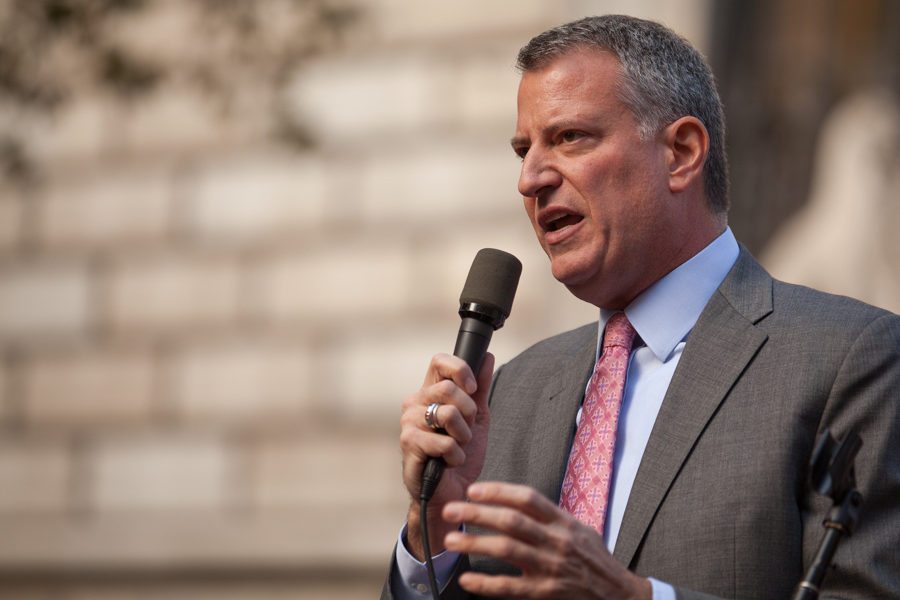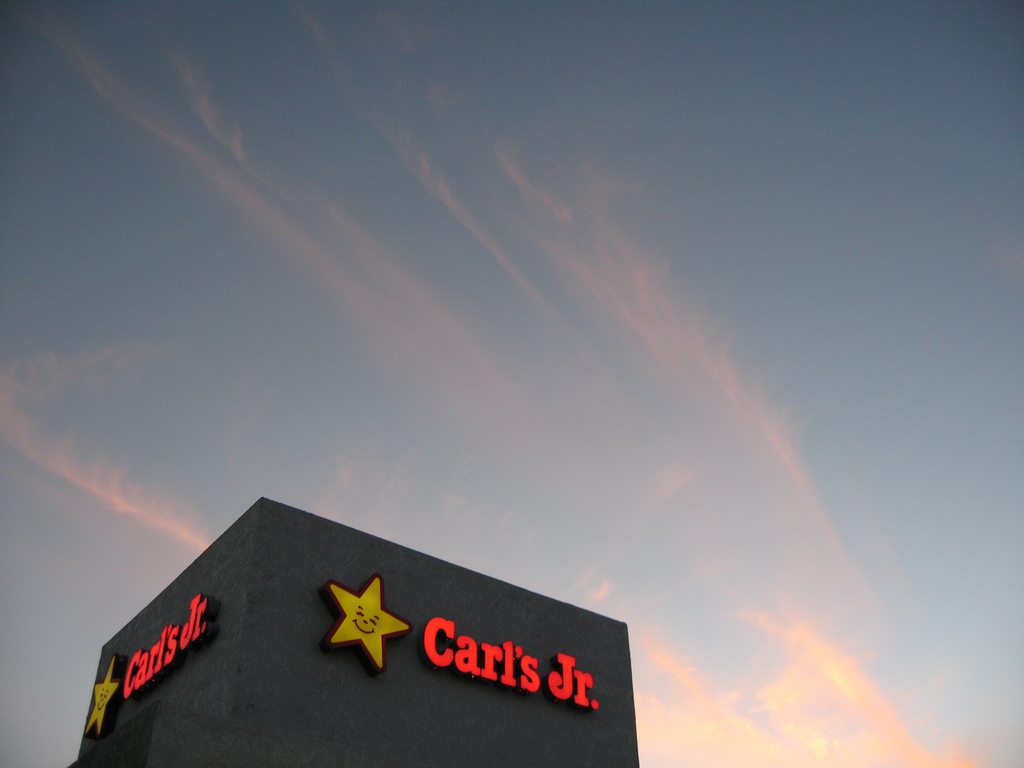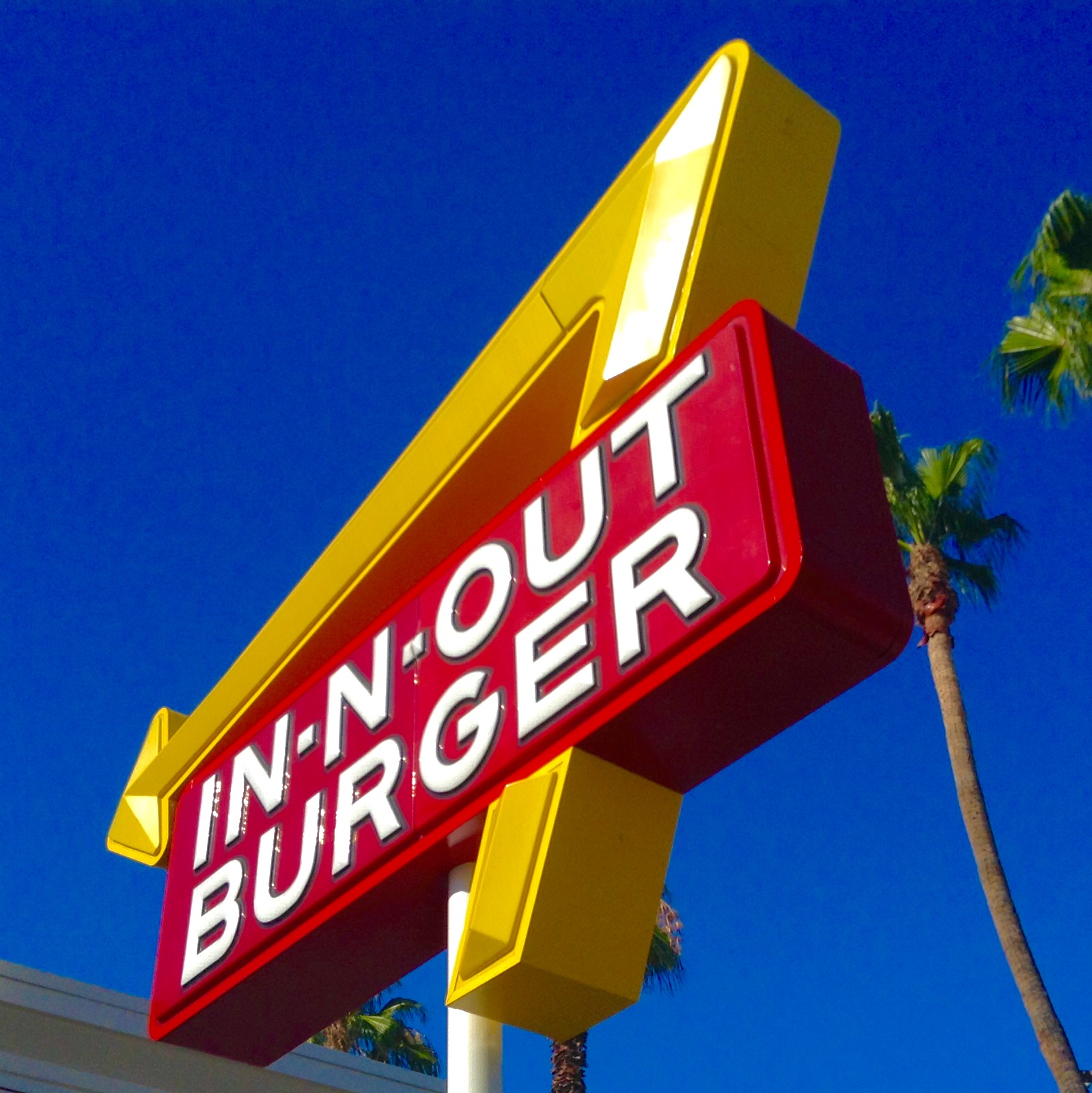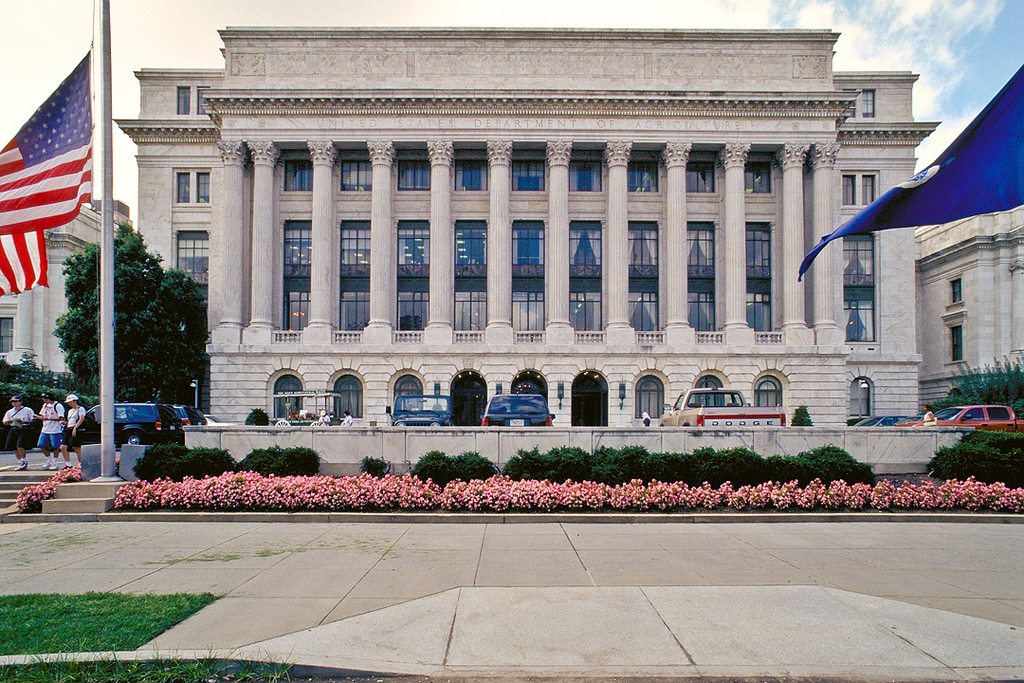In opening Food First’s backgrounder on how the presidential candidates are ignoring food issues, author Christopher D. Cook rhetorically asks: “Remember when the media pressed candidates to explain how they would make food and farming equitable, truly sustainable, and deeply healthful for generations to come?” And he answers: “You didn’t forget—it never happened.”
That’s true. But I wonder when Cook believes the media should have pressed those questions. Right after Donald Trump accused Mexico of “sending” rapists north to infiltrate the United States? After Trump mocked a disabled man during a public appearance? How about last week, when Food First’s report was being issued? After Trump and his supporters in Cleveland shared their dark, paranoid vision of America—and warned about all the foreign devils pouring over the border, intent on killing us all—was that when someone should have asked the candidate about crop subsidies?
In any other election year, Food First’s backgrounder would seem routine—just another bit of issue advocacy. But in an election where the outcome really could spell the end of the American republic and (no hyperbole here) maybe even the end of the world, it seems almost beside the point. It’s a little hard to worry too much over pesticides and GMOs in the midst of what is fast becoming an existential crisis.
That’s not Food First’s fault, just as it isn’t the fault of the National Sustainable Agriculture Coalition (NSAC), or anyone else whose job involves analyzing food policy through the cracked and distorted lens of the 2016 election. The issues are very real, and if we make it past the present danger of national self-immolation, they will still need to be addressed. Food First is right to observe that our leaders in general don’t pay nearly enough attention to these issues, and when they do, they often get it precisely wrong. This was true well before Trump came along, and that group is hardly alone in proceeding as if America weren’t in danger of being led by a madman. After all, what else can we do but keep calm and carry on?
The underlying problem is that agriculture, as such, has never been a “sexy” issue, and it’s hard to get people excited about it, especially now that most of us live in urban areas. Food, on the other hand, surely is sexy, which is why the approach advocated by Michael Pollan and others is so attractive: his call for a “Department of Food, Health, and Well-being” might sound a bit precious, and it will surely never happen. But the approach—to create a “national food policy” encompassing health and environmental concerns as well as ag issues—is right on, not only because it works better as rhetoric (if anyone knows how to sell this stuff, it’s Pollan), but also because it would work better as policy.
“The lack of prominence for agricultural policy and programs at either major political party’s nominating conventions is a reflection of the diminishing share of the electorate in rural areas, relative to the vote in metropolitan areas,” notes Jim Webster of Agri-Pulse Communications, which is about as mainstream as a publication can be. “Its importance for Democrats in particular has weakened as recent elections have seen Republicans increase their majorities in rural areas.”

USDA measures the increasing rural-urban divide using a system that classifies metro counties by population size and non-metro counties by adjacency to a metro area
The importance of food, however, has clearly not diminished among either Democrats or Republicans. Nevertheless, as the NSAC’s rundowns of the party platforms indicate, the Democrats on this issue are typically feckless and flaccid, and the Republicans are typically as feckless and fanatical (hewing as they do to their mindless “government bad” approach). The NSAC observes that the GOP views the government, the public, and farmers as each existing in a separate silo. That applies equally well to the Democrats.
Which is not to say the parties’ approaches are equally bad. Both party platforms treat ag and food issues in an offhand manner, or almost as a footnote. But where the Republicans are all about cutting, the Democrats are all about investing. The Republicans want to remove the Supplemental Nutrition Assistance Program (SNAP) from the farm bill, and remove it from the administration of the Department of Agriculture. As NSAC notes, this would not only be an assault on SNAP, it “would also send the unfortunate message that food and farm policy should be not be linked and that the policy connections between urban and rural Americans should be torn apart.”
The Democrats, meanwhile, want to invest more in helping beginning farmers, and in local food systems. Also setting them apart from the Republicans: they recognize that climate change is real, and in the platform they explicitly cite agriculture’s part in worsening the problem. To “be effective in keeping our air and water clean and combating climate change,” the platform states, “we must enlist farmers as partners in promoting conservation and stewardship.”
It should be kept in mind that party platforms mean absolutely nothing in terms of what politicians will actually do once elected. They can, however, give us a basic idea of where each party’s priorities lie. But then, we can get that same basic idea by merely observing whom each party has chosen as its presidential nominee.











